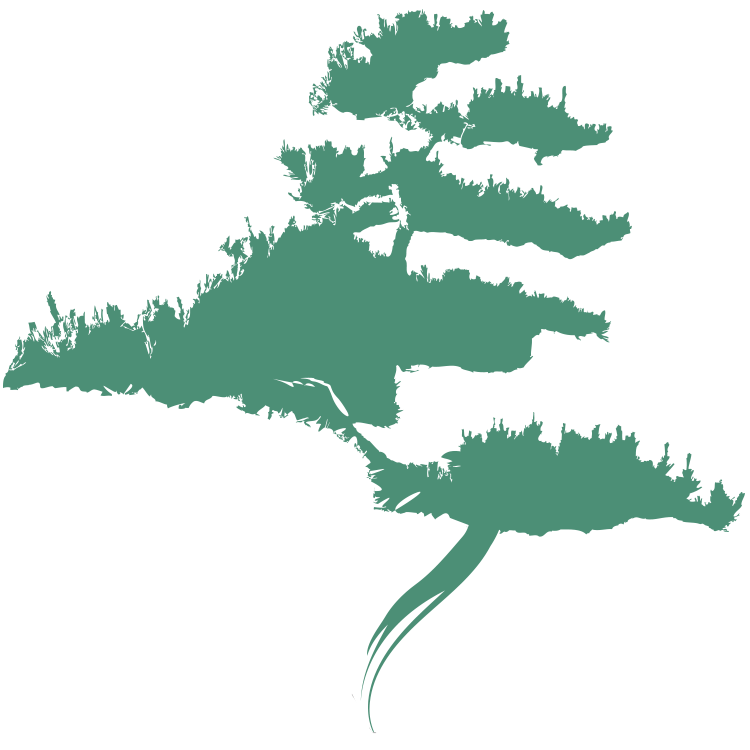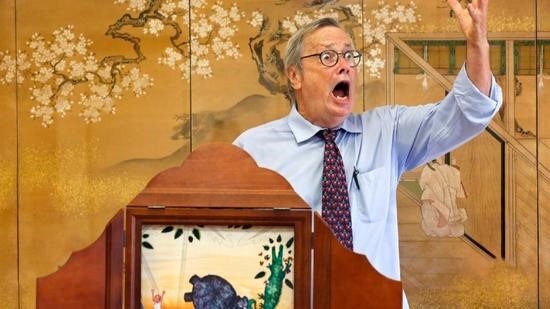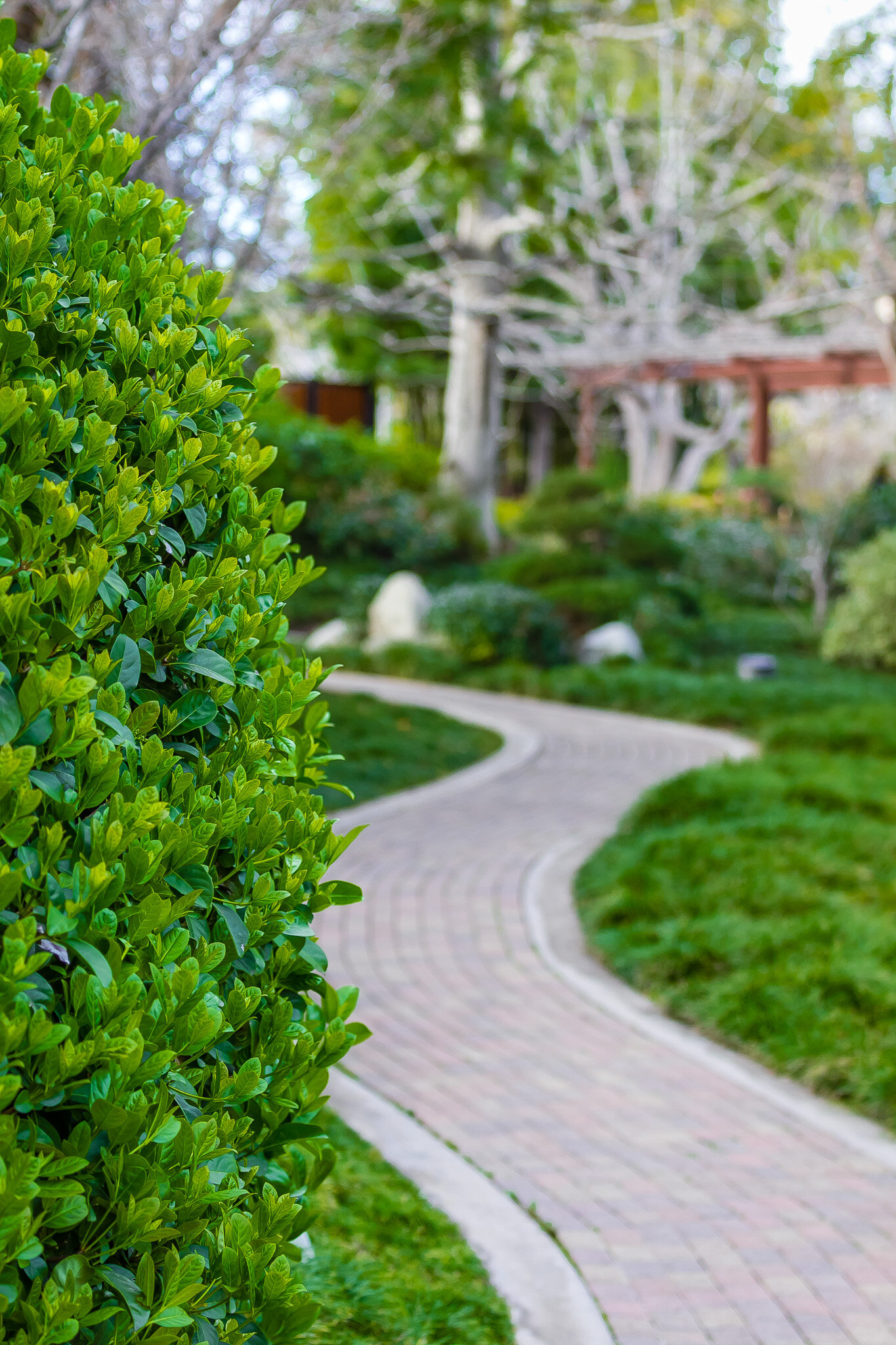JFGm invites campers to experience a taste of Japan! Our Winter camps provide different activities within Japanese culture, wellness, and sustainability. This is a camp just for adults! Capacity is limited, so registration is first come first serve. Don’t miss out on an exciting opportunity!
Registration Opens March 4, 2024
Registration Opens for JFGM Members March 2, 2024! (limited)
Become a Museum Member HERE
Capacity is limited, so registration is first come first serve. Completion of payment and the registration form are required to participate.
Summer Camp is available for 5 days. Single day registration is available.
Price: JFGM Member $80/Day | Non-Member $100/Day
Refunds will not be given less than 7 days before the camp.
Some days may be for 21+ due to alcohol, please check the day.
Questions and other JFGM Summer Camp inquiries can be e-mailed to education@niwa.org.
Cancellation Policy
- Cancellations made more than 7 days prior to the start of the camp will receive a refund, minus a 10% cancellation fee per camp.
- No refunds within 7 days of any program
Member rates are for Japanese Friendship Garden and Museum Members. Balboa Park and Go City pass holders will pay regular camp prices.
Registration
July 8th-July 12th | 1:00pm-4:00pm
Day 1, July 8th | MUST BE 21+; IDs will be checked
Sound Healing
The healing power of sound has been an important part of human civilizations dating back as long ago as 40,000 years. Sound healing uses therapeutic frequencies to gently balance the body and soothe the mind by lowering brainwaves to the deeply restorative alpha and theta states. When the frequency of the sound synchronizes with the brainwaves, a de-stress response is triggered that provides the listener with feelings of relaxation and tranquility. As vibrations travel through the body they promote energy flow at a cellular level, thus bringing us into a healthier and more harmonious state of being.
Honey Bees
Our beekeeper, Mari Jarvis, will lead two sessions discussing the bees at the JFG and why bees are important to the ecosystem. During the first session, students will learn about fascinating honey bee behavior including how bees forage for nectar and pollen, build comb and lots of other honey bee activities. Students will be watching live bees up close in an observation hive and observe, from a safe distance, bees coming and going from our hive at the JFG. In the second session students will learn about how bees make honey and how beekeepers process honey. Students will have a hands-on experience processing honey from honey comb, learning about the hive and beekeeping equipment. Students will participate in a discussion of the problems bees face in today’s world.
Sake
Sake (酒,), also referred to as Japanese rice wine, is an alcoholic beverage of Japanese origin made by fermenting rice that has been polished to remove the bran. Despite the name Japanese rice wine, sake, and indeed any East Asian rice wine (such as huangjiu and cheongju), is produced by a brewing process more akin to that of beer, where starch is converted into sugars that ferment into alcohol, whereas in wine, alcohol is produced by fermenting sugar that is naturally present in fruit, typically grapes.
Day 2, July 9th
Kintsugi
Kintsugi, also known as kintsukuroi, is the Japanese art of repairing broken pottery with lacquer dusted or mixed with powdered gold, silver, or platinum. Directly translating to “golden joinery,” as a philosophy, it treats breakage and repair as part of the history of an object, rather than something to conceal or discard. The thinking behind kintsugi is often likened to the Japanese philosophy of Wabi-Sabi, an embracing of the flawed or imperfect. Uplifting and hopeful, Kintsugi is an inspiring metaphor for dealing with the times we feel broken in life. It's a reminder to find the gold to mend ourselves and appreciate our so called flaws.
Sencha Tea
Embark on a sensory journey like no other at the Japanese Friendship Garden, where our introductory Japanese tea classes transcend mere instruction—they become an unforgettable experience. Step into a world where tradition meets modernity, as we introduce you to the captivating realm of Japanese tea. In these immersive sessions, you won't just taste tea; you'll embark on a voyage of discovery. We'll guide you through the art of tea preparation, unlocking the secrets of each meticulously chosen tea variety. From the first fragrant wafts of tea leaves to the soothing, meditative moments of sipping, every aspect is designed to immerse you in Japan's serene tea culture.
Toro Nagashi
Ikunosuke “Mike” Kawamura is a survivor of the Hiroshima atomic bomb in 1945 and was two years old when the bomb exploded. Growing up in post-war Japan and experiencing Hiroshima’s perseverance and subsequent prosperity, he became inspired to speak the message of tolerance, understanding and peace between nations. He joined Kyocera Corporation of Kyoto, Japan in 1969 and is known as one of “the Five Samurais” , the original pioneers who established the manufacturing operations in San Diego. He held many executive positions of Kyocera group companies in the US, Europe and South America. He has retired and serves in a number of community organizations including as board member of Japanese Friendship Garden, Japan Society of San Diego, and Tijuana and SD-WISH. At the summer camp the children will be introduced to the story of “The Peace Tree from Hiroshima” and will make paper lanterns to float on the pond in the Lower Garden. Through this program, we hope children will gain a deeper understanding of the importance of world peace and make a safer world for their future.
——
Day 3, July 10th
Calligraphy
Calligraphy (shodō: "the way of writing") is the art of writing beautifully. Most children in Japan learn calligraphy in elementary school, and it is also a popular hobby among adults. An interesting aspect of Japanese writing that carries over to calligraphy is the importance that is placed on the order in which the strokes of characters are drawn.
Go
Go is an abstract strategy board game for two players in which the aim is to surround more territory than the opponent. The game was invented in China more than 2,500 years ago and is believed to be the oldest board game continuously played to the present day. Go was introduced in Japan in the 7th century and is played in both schools and competitions.
Yukata Dressing
The yukata is a type of kimono. They are sometimes described as yukata kimono, a type of summer kimono, but are more often referred to as a separate category. Far lighter (in terms of material), more casual, and versatile; their role sits somewhere between breezy summer dress, kimono, and robe.
Day 4, July 11th
Ikebana
Ikebana is one of the traditional arts in Japan. Ikebana involves arranging a wide array of materials including blooming flowers, branches, stems, leaves and moss in vases or other containers to create a visually appealing work of art. In this summer camp, students will create their own design with their imagination, ideas and expressions using flowers, leaves and branches. It will be lots of fun.
Koto
The koto, also known as "Japanese harp", is a Japanese stringed instrument with a rich and detailed history. Unlike western stringed instruments such as violins and guitars, the koto actually consists of 13 strings that are strung over 13 bridges. Until the Meiji period, koto music was very popular within aristocratic circles. During and after the Meiji period when western musical styles started to influence Japanese culture, the koto lost some of is popularity.
Day 5th, July 12th
Kamishibai
Kamishibai is a remarkable way of telling stories with illustrations that was invented in Japan in 1929. The word literally means "picture-story." Since 2012, Walter Ritter, a veteran stage actor, has presented approximately 3,000 kamishibai stories in classrooms, libraries, senior residences, and other venues including the Japanese Friendship Garden in Balboa. His program for JFG Summer Camp will include 2 stories, discussion, and a brief history of kamishibai including its present-day expansion to countries all over the world. Ritter is co-founder and executive director of Write Out Loud and a co-founder of the World Kamishibai Forum.
Kokedama
Kokedama is the Japanese art of growing plants in a moss-covered ball of soil wrapped with string or mono-filament fishing line. They can be displayed on a decorative surface or hung by string in a window. Learn the process as well as take home a kokedama of your own.








